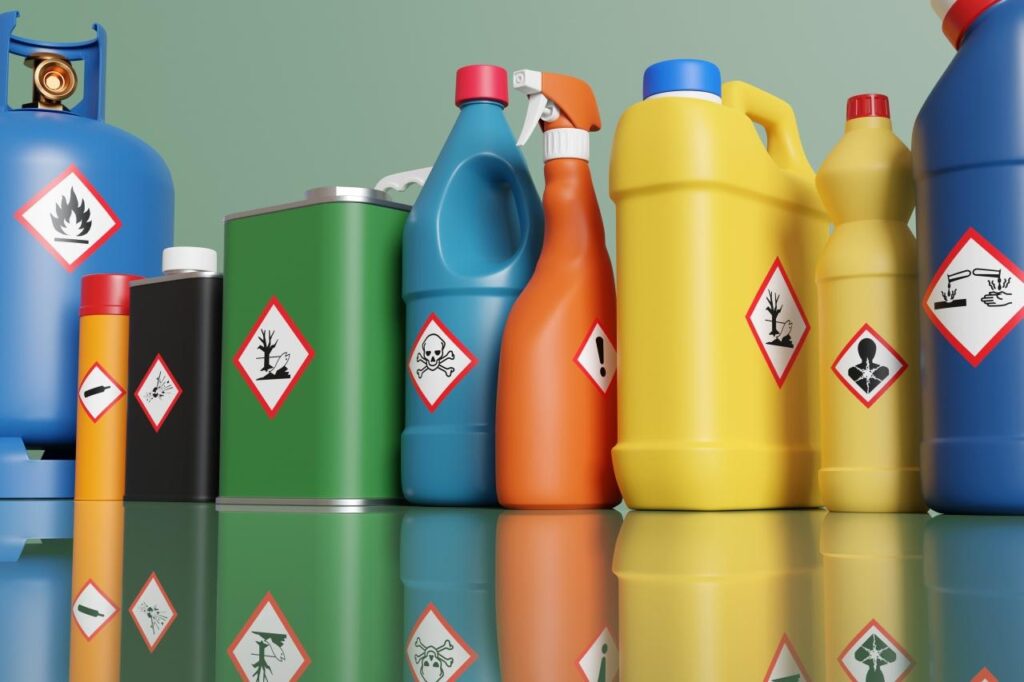Chief Procurement Officers (CPOs) today face multiplying global compliance demands worldwide, from tariffs and deforestation laws to forced labor prohibitions and carbon disclosure requirements.
This surge in regulation marks a major change in how organizations must approach both sourcing and supplier relationships. According to Sphera’s 2025 Risk Report, ESG-related risk indicators rose 6%, with human rights issues leading at 29% growth. These trends highlight operational challenges that continue to evolve, requiring strategic responses from procurement leaders.
This post explores how forward-thinking CPOs are future-proofing their supply chains against evolving mandates, turning compliance from a reactive obligation to a strategic ad
1. The regulatory moment of today and tomorrow
The regulatory environment for supply chains has never been more turbulent, creating significant uncertainty for global businesses. In Europe, political dynamics are driving potential revisions to frameworks like the CSDDD, with the EU Commission recently proposing simplifications through the Omnibus package to reduce administrative burden while maintaining core sustainability objectives.
Meanwhile, high-risk industries face uneven impacts. Vehicle manufacturers are challenged by overlapping requirements of CBAM and CSRD, while food and agriculture companies scramble to adapt supply chains to meet EUDR deadlines. The EU’s classification of countries into risk categories by mid-2025 adds another layer of complexity, potentially reshaping global trade relationships and sourcing decisions.
Cross-border operations face additional difficulties as regions move at different speeds. While the EU pushes ahead with comprehensive regulations, the US takes a more sector-specific approach and emerging markets have begun to implement their own standards. This fragmentation forces global companies to maintain multiple compliance systems.
Sphera’s 2025 Risk Report highlights that “the growing complexity of global supply chains has made it increasingly difficult for organizations to ensure compliance at every level. Suppliers, sub-suppliers and even logistics partners must now meet rigorous standards across ESG dimensions.”
What makes this moment particularly challenging isn’t just the regulations themselves but the fact they’re constantly changing. Organizations must push beyond Tier 1 visibility to understand their exposure and adapt their processes to make compliance both intuitive and strategic. Then, they must build compliance frameworks for adaptability.
2. Modern challenges to visibility and compliance
For many CPOs, the path to regulatory compliance is full of obstacles:
Limited multi-tier visibility: In 2023, the automotive industry continued to face supply chain disruptions, exacerbated by limited visibility into multi-tier supplier networks. Companies encountered production delays due to shortages of critical chips, often sourced from Tier 2, 3, or 4 suppliers in Asia. With several tiers of supplier networks, organizations often lack visibility into immediate partners. As the Sphera report reveals, the volume of supplier-related actions since 2023 has increased eightfold, highlighting the challenge of getting reliable information.
Fragmented processes: Manual compliance workflows across various systems create significant efficiency drains and data gaps. This fragmentation not only drives up costs but leaves organizations vulnerable to emerging regulatory requirements. In 2023, Unilever grappled with hundreds of inconsistent processes across its global divisions, from personal care to nutrition, making it difficult to track sustainability metrics like waste and energy use. This prompted them to implement a digital platform to unify operations and streamline reporting.
Regional regulatory differences: The Sphera 2025 Risk Report emphasizes that “regulatory fragmentation poses significant challenges for multinational organizations. Companies must navigate a labyrinth of requirements, ensuring compliance across different countries.” Nestlé experienced this in 2024 when it faced compliance hurdles in multiple markets, including a warning in India for insider trading violations and scrutiny in Pakistan for unethical baby food marketing, prompting stronger global regulatory systems.
Collectively, these challenges create significant barriers for procurement leaders. However, CPOs are finding ways to turn these obstacles into advantages through new approaches to data, technology and organizational cultur
3. Digital tools are reshaping how CPOs approach compliance
Leading organizations are using technology to transform compliance from a burden into a strategic asset. The trend identified in the Sphera report of preventive insights surpassing reactive event-based alerts represents a shift in how companies approach risk management. This proactive stance is essential for regulatory readiness.
Innovative organizations are implementing three critical elements:
- High-quality, unified data: Companies can quickly identify threat exposure and compliance gaps by bringing supplier data together. This includes monitoring early warning signs that might indicate compliance issues, such as employee turnover, which can point to financial stress.
- Integrated technology platforms: Rather than managing compliance in silos, advanced organizations turn to centralized solutions that connect procurement, sustainability, legal, and risk functions.
- A culture of compliance: Top CPOs build team mindsets where compliance is everyone’s responsibility — not just a box to check. This shift helps teams work together more cohesively, sharing insights across the supply chain.
By implementing these elements, organizations gain the ability to predict regulatory changes while strengthening supplier relationships and proactively managing supply chain risks.
4. Handle changing regulations with confidence
As 2025 unfolds and regulatory demands continue to evolve, CPOs must learn to move beyond reactive compliance to a strategic, proactive approach to risk management. They need the right technology, data and expertise to turn compliance challenges into chances for innovation and growth.
Sphera’s recent survey report, “Hidden Risks in Your Supply Chain,” complements the insights from the risk report by examining how leading companies are achieving n-tier transparency. While the risk report highlights growing compliance challenges, the survey reveals how leading companies are addressing these challenges. With over 50% of leaders reporting poor data quality beyond Tier 2, the report provides valuable benchmarks for strengthening your extended supplier network visibility. on n-tier transparency or contact a Sphera expert to reveal the hidden risks in your organization.
With these insights in hand, procurement leaders who combine integrated technology, data and expertise can adapt to regulatory disruption with confidence while building more resilient, sustainable supply networks.
Discover how Sphera can transform your strategy — download our survey report on n-tier transparency or contact a Sphera expert to reveal the hidden risks in your organization.





